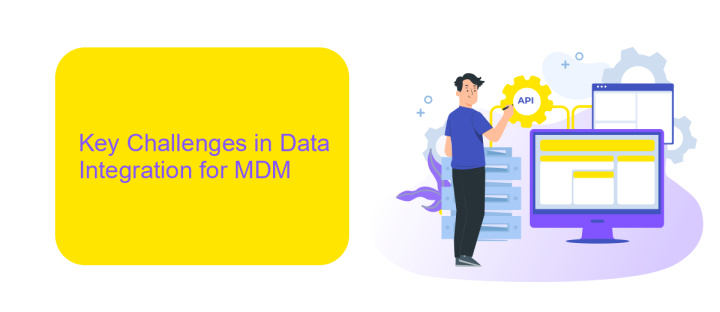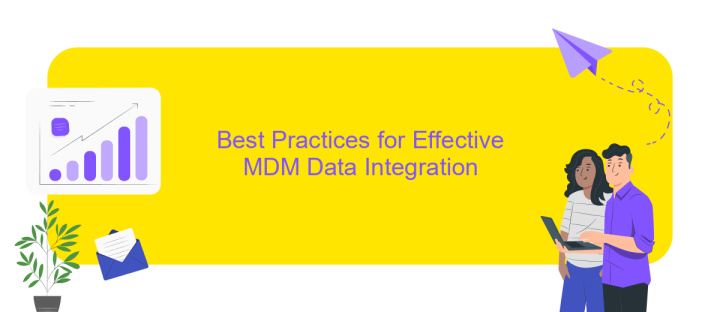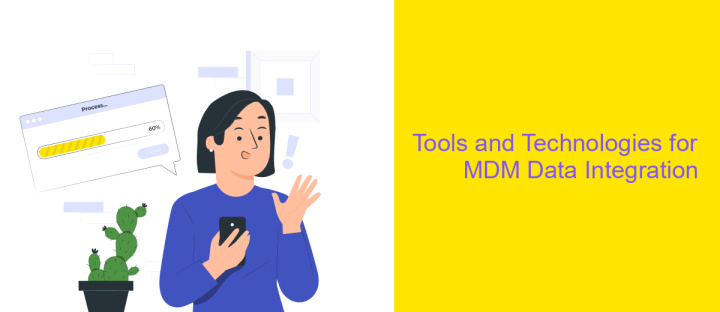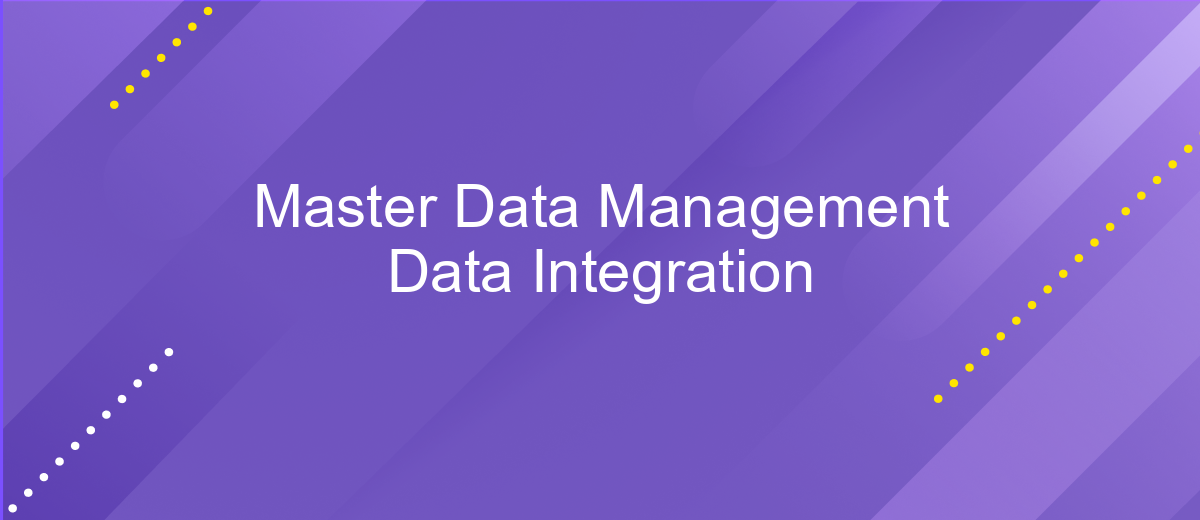Master Data Management Data Integration
Master Data Management (MDM) and Data Integration are critical components in the modern data-driven landscape, enabling organizations to maintain consistent, accurate, and accessible data across various systems. By harmonizing disparate data sources, MDM ensures a single, reliable version of the truth, while data integration facilitates seamless data flow and collaboration. Together, they empower businesses to make informed decisions and drive operational efficiency.
Understanding Master Data Management (MDM) and its Importance
Master Data Management (MDM) is a critical process that ensures an organization’s data is consistent, accurate, and controlled. It involves the management of key business data, such as customer, product, and supplier information, across the entire organization. By centralizing and harmonizing master data, businesses can improve decision-making, optimize operations, and enhance customer experiences.
- Consistency: MDM ensures uniformity of data across different departments and systems.
- Accuracy: Regular updates and validation processes maintain data integrity.
- Control: Centralized management provides better oversight and governance of data assets.
Implementing MDM is vital for any organization aiming to leverage data as a strategic asset. By reducing data silos and discrepancies, MDM facilitates seamless data integration and sharing. This leads to more reliable analytics, efficient processes, and a stronger competitive edge. As businesses increasingly rely on data-driven strategies, the importance of MDM in maintaining high-quality data becomes ever more pronounced, underscoring its role as a foundation for successful data management practices.
Key Challenges in Data Integration for MDM

Integrating data for Master Data Management (MDM) presents several key challenges. One major issue is data inconsistency across various sources, which can lead to inaccurate master data. This inconsistency often arises from disparate data formats and standards used by different systems, making it difficult to achieve a cohesive data set. Additionally, ensuring data quality is a constant struggle, as poor-quality data can significantly undermine the effectiveness of MDM efforts. Organizations must establish robust data governance practices to maintain data integrity and accuracy.
Another challenge is the complexity of integrating multiple data sources. This process often requires significant time and resources, as well as expertise in data mapping and transformation. Tools like ApiX-Drive can simplify this process by automating data integration across platforms, reducing the manual effort required. Moreover, real-time data integration is crucial for maintaining up-to-date master data, yet achieving this can be technically demanding and costly. Organizations must invest in scalable solutions that can handle large volumes of data efficiently while ensuring data security and compliance with regulatory standards.
Best Practices for Effective MDM Data Integration

Effective Master Data Management (MDM) data integration is crucial for ensuring data consistency and reliability across an organization. To achieve this, organizations must focus on aligning their integration strategies with business goals, ensuring that data flows seamlessly between systems without compromising quality. By implementing best practices, businesses can enhance their data integration processes, leading to improved decision-making and operational efficiency.
1. Establish clear data governance policies to define roles, responsibilities, and data standards.
2. Utilize robust data integration tools that support various data formats and sources.
3. Implement data quality management practices to ensure accuracy and consistency.
4. Foster collaboration between IT and business units to align integration efforts with organizational objectives.
5. Regularly monitor and audit data integration processes to identify and resolve issues promptly.
By following these best practices, organizations can optimize their MDM data integration efforts, leading to a unified view of critical business data. This not only supports better analytics and reporting but also enhances the ability to respond to market changes swiftly. Ultimately, effective data integration strengthens the foundation for a data-driven enterprise, enabling sustained growth and innovation.
Tools and Technologies for MDM Data Integration

Master Data Management (MDM) data integration is a critical component for ensuring data consistency and accuracy across various systems. The process involves harmonizing data from multiple sources to create a single, reliable source of truth. Effective MDM data integration can significantly enhance decision-making and operational efficiency within an organization.
To achieve successful MDM data integration, organizations utilize a variety of tools and technologies. These solutions facilitate data consolidation, cleansing, and synchronization, ensuring seamless data flow across platforms. Selecting the right tools can streamline processes and reduce integration complexities.
- ETL Tools: Extract, Transform, Load (ETL) tools are essential for moving and transforming data from disparate sources into a unified format.
- Data Quality Tools: These tools ensure data accuracy, completeness, and consistency, which are crucial for effective MDM.
- Master Data Management Platforms: Comprehensive platforms that offer integration, governance, and stewardship capabilities.
- API Management Solutions: APIs enable real-time data exchange and integration across different systems and applications.
Implementing the right combination of these tools and technologies can empower organizations to maintain high-quality master data. This, in turn, supports better analytics, compliance, and customer satisfaction. As data environments become more complex, leveraging advanced MDM data integration solutions becomes increasingly vital for business success.
- Automate the work of an online store or landing
- Empower through integration
- Don't spend money on programmers and integrators
- Save time by automating routine tasks
Future Trends in MDM Data Integration
As Master Data Management (MDM) continues to evolve, the future of data integration is set to witness significant advancements. One major trend is the increasing adoption of artificial intelligence and machine learning to enhance integration processes. These technologies will enable more efficient data mapping, cleansing, and transformation, leading to improved data quality and consistency. Additionally, the growing importance of real-time data integration will drive the development of more sophisticated tools that can handle large volumes of data with minimal latency.
Another emerging trend is the rise of low-code and no-code platforms, which democratize the integration process by allowing non-technical users to configure and manage integrations with ease. Services like ApiX-Drive exemplify this trend by providing user-friendly interfaces that simplify the setup and maintenance of data integrations. This shift will empower businesses to become more agile, enabling faster response times to market changes and customer needs. As these trends unfold, organizations will need to adapt their MDM strategies to leverage these innovations effectively.
FAQ
What is Master Data Management (MDM) and why is it important for data integration?
How does MDM enhance data quality in integration processes?
What are the common challenges faced during MDM data integration?
How can businesses automate and streamline MDM data integration processes?
What role does MDM play in ensuring compliance and data governance?
Apix-Drive will help optimize business processes, save you from a lot of routine tasks and unnecessary costs for automation, attracting additional specialists. Try setting up a free test connection with ApiX-Drive and see for yourself. Now you have to think about where to invest the freed time and money!


